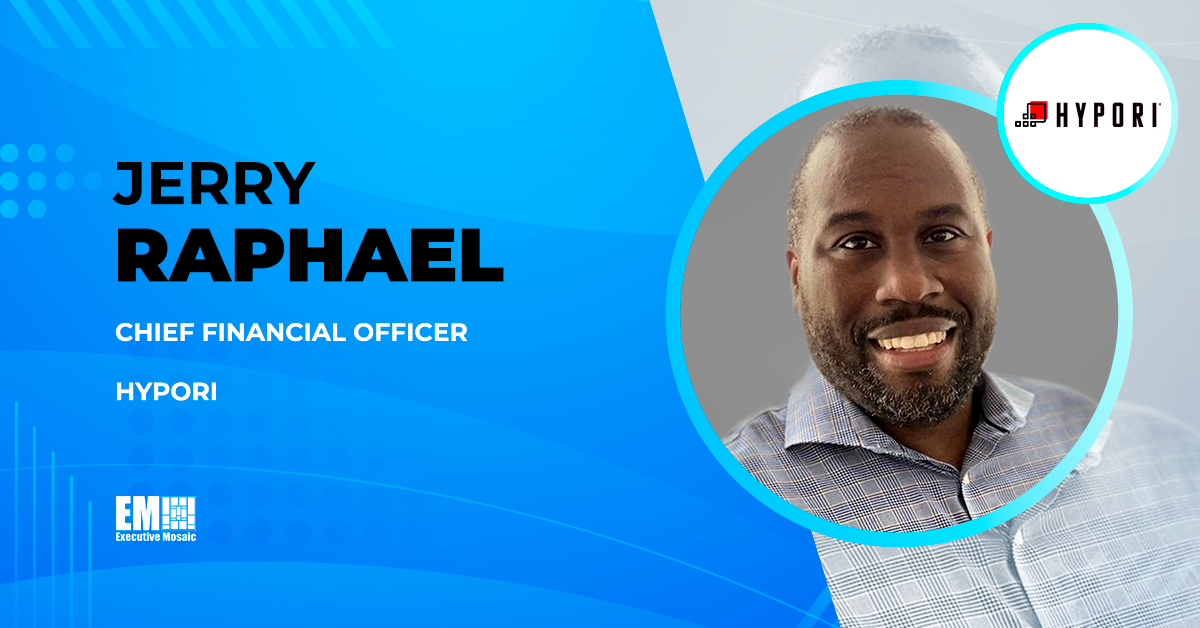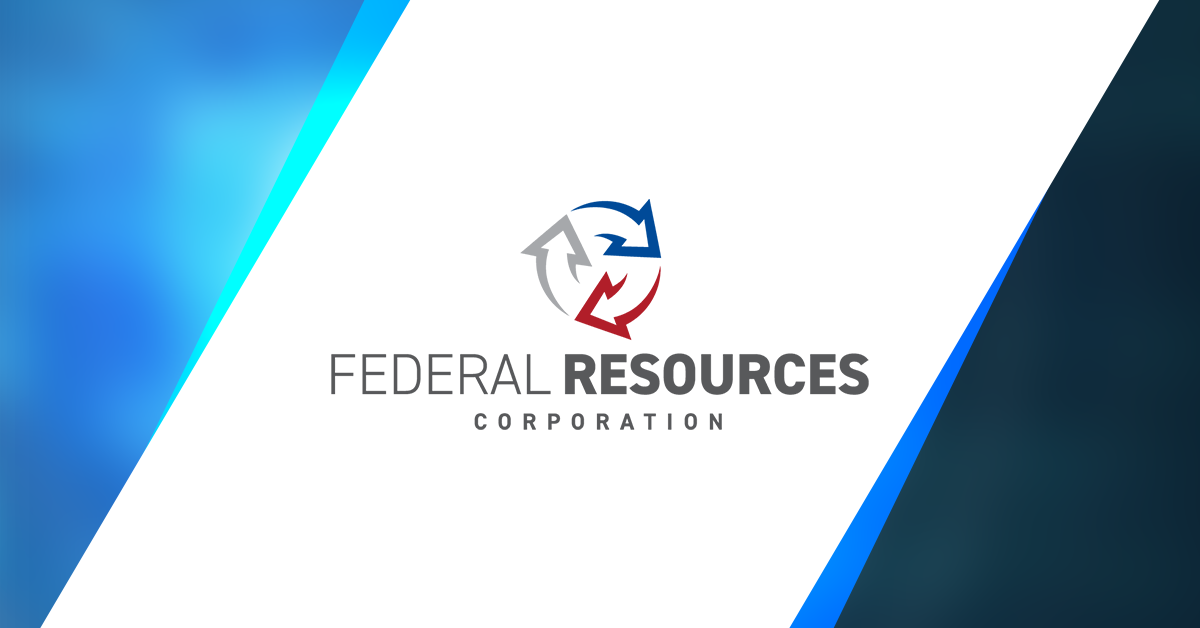The cloud services segment of the GovCon market is booming as government agencies prioritize modernization and migrate to the cloud. GovCon Wire spoke with PV Puvvada, CEO of NetImpact Strategies and Wash100 Award winner, to find out more about what’s driving this growth and what’s next for the cloud services market and emerging technologies.
Read below for PV’s full interview.
Can you give me an overview of the IT and cloud services space within the GovCon landscape? What are some of the major trends or shifts you’re seeing?
The trend of migrating to cloud-based solutions has been in motion for several years. What is happening now is that the pace at which the agencies implement cloud capabilities has accelerated for a variety of reasons.
The main reason is the increased need for highly scalable mission capabilities to be available within much quicker timeframes than before. As a result, cloud platforms have become a core part of agency architectures and modernization plans. Government agencies have achieved a lot of maturity in building and re-using container-based services for large mission critical systems. Cloud service providers and systems integrators have invested heavily to achieve ‘High’ designated security authorizations by driving more demand. Cloud solutions contrast traditional IT modernization approaches which tend to be large, non-composable monolithic systems built using dedicated data centers and infrastructures that are expensive and not scalable.
The opportunity is now to take advantage of these cloud platforms that agencies have already invested in and build new application services and intelligent process automations at a much more rapid pace than we are used to. A lot more meaningful digital transformation can happen this way. The ServiceNow platform is really a good example of that. The vast majority of agencies use ServiceNow for ITSM. But it can do a lot more than that in the way of providing a low-code, no-code platform to build and deploy mission ready applications very quickly.
PV, it sounds like low-code, no-code enables organizations to operate with a lot more speed, and I know we’re seeing a lot of growth in the cloud services market. Can you expand on what’s driving that growth and do you anticipate that it will continue?
What’s driving this shift is the inadequacy of legacy systems to be able to support new requirements very quickly without costing a lot of money and time. Massively scalable government community-centric platforms from companies like Microsoft, ServiceNow, AWS and others remove the barriers that we have with these very expensive legacy systems that are not flexible, not secure and that don’t give the ability that low-code/no-code cloud solutions provide.
We will still have the need for professional developers with full stack software skills to build large and complex applications, but the citizen developers can easily build apps without needing to be highly trained as experienced software developers by using these low-code/no-code tools. This opens opportunities for non-IT people in the business lines to build interesting solutions on these cloud platforms. These folks can leverage their business or mission expertise and innovate quickly and be really focused on their mission priorities.
NetImpact is providing an easy button for the citizen developers by turning low-code/no-code platforms into purely no-code platforms with our DX360° Citizen Developer Engine where agency employees can build and deploy mission applications, workflows, collaboration tools and data analytics without having to rely on professional software developers.
More broadly in the cloud space, we are leading this trend of accelerating cloud adoption in the mission space with PlatformFirst®, which is a unique and disruptive approach to how technology is applied to solve mission critical challenges. We provide several distinguishing service offerings and commercial Software as a Service (SaaS) products so that agencies can on-board new digital transformations capabilities securely in days versus what traditionally takes years to do.
At the recent Baird conference, you urged that government and industry need to be “digitally dexterous.” Can you explain why that’s so important, especially in light of global developments and increasing competition?
At its heart, the concept of digital dexterity is the ability of organizations such as government agencies — and more importantly its workforce — to be able to be more effective in using digital tools. This digitally dexterous state could enable employees to be more collaborative and be more analytical in the way they approach their work especially by unlocking the use of the data that is underlying all their processes. Digital dexterity unleashes employees’ creativity rather than frustrations.
The inherent problem in achieving digital dexterity is that there’s a lot of friction that arises from a myriad of digital tools that do not fully eliminate analog processes or stove pipes. A simple example relates to needing to enter basic data and credentials again and again as opposed to just once. Most often, employees can’t interoperate and collaborate across the tools to do their work. Digitally dexterous organizations can remove this digital friction.
It’s also about digital skills. Do the government agencies’ employees and the contracting workforce have the skills to be able to maximize the ability to collaborate and the ability to provide what matters for decision makers and citizens? There needs to be focus from the top leadership levels that are willing to make investments to enable employees with digital savvy skills. Why can’t we make it easy for people to consume technology?
Which emerging technologies do you anticipate will have the greatest impact on the federal landscape in the next few years?
5G is taking root and accelerating — it’s giving more bandwidth across multi-channels, and it allows a lot more enablement of sensor-based activities that use Internet of Things technology. 6G is on the horizon, and I think that even expands in scale a lot more than 5G and will enable new use cases we have not thought of yet.
Another thing that has a game-changing ability is quantum computing. Quantum computing will provide scale to process information and cyber operations at an exponential rate. A lot of major technology players are investing heavily in quantum computing and we will see progress within the next 2-3 years. From a hardware and software perspective, computing capacity will multiply by a few thousand times, if not by millions of times, giving the ability to analyze and process operations at a speed we have not imagined before. I would draw this potential similar to what hypersonics is doing in outer space.
We’re also going to see a lot more interesting innovations in the cybersecurity arena. Zero trust architecture approach is driving a lot of this. You’re going to see a lot of progress and the enablement of more of an integrated approach to implementing zero trust architecture with these innovations.






